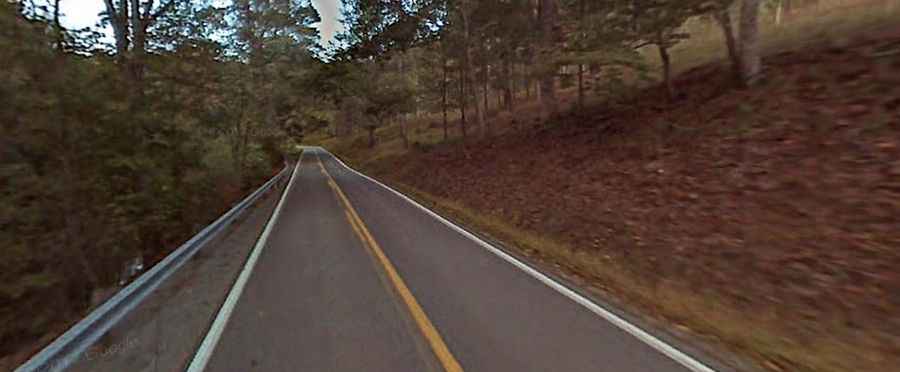Roadkill hotspots in the USA
Today, there are around 4,071,000 miles of roads in the United States. Many of these roads cut across rural or uninhabited areas where numerous domesticated and wild animals wander freely. As a result, many of them die due to accidental roadkill. It is estimated that, daily, over one million animals die due to car collisions.

So, it becomes essential to take a close look at the impact that roadkill has on both domesticated and wild animals and to factor in the effects of the solutions that have been proposed up to this date.
The real numbers
One thing that has to be stated right from the start is the fact that we cannot correctly assess the number of animals that are being killed on our roads. There are, of course, a couple of factors that influence these statistics.
To start, not all accidents are reported as many of the animals that are killed are not large enough to cause any type of damage to the driver’s car. Yet, it should be mentioned that, annually, there are approximately 2 million accidents with wildlife that result in insurance claims. Around 200 people die every year due to vehicle-wildlife collisions.
Moreover, according to the Road Traffic Act 1988, drivers are only required to report accidents of this type solely when they hit horses, goats, cattle, dogs, sheep, mules, donkeys, and pigs.
All the statistics that are currently available only take into account the animals that are found dead on or near the roads. Those that manage to retreat into forests or other areas after the impact are not accounted for. Many of the killed animals are also left undetected because their corpses are consumed rapidly by scavengers.
The impact on wildlife
In the case of wildlife species with a low population, roadkill accidents can lead to the extinction of many of them. In the US, roadkill has led to the decline in population for animals such as the Florida panther, the Woodland caribou, or miniature Key deer.
To prevent accidents, various solutions have been proposed in the last decades. For instance, fences have been installed alongside roads, and crossing structures such as bridges and tunnels have been added so that animals can cross safely. However, roadkill is still a problem all around the US.
Domesticated animals
In rural areas, many domesticated are killed by cars. Yet, whenever they hit an animal of this type, drivers are required, by law, to report the accident.
If you are a farmer, you can protect your livestock by building fences and a special enclosure that is fitted with an automatic chicken waterer. This way, you can be sure that your beloved feathered and furry companions won’t get killed. Additionally, you should never leave your animals to wander freely near roads.
Top 3 states where the odds of hitting animals are high
For the last 13 years in a row, the number one position in this top is taken by West Virginia. As numerous studies show, the odds of hitting a deer here are one in 38! The main reason why West Virginia is a doomed state is the fact that it has mountain roads that make it difficult for drivers to avoid collisions. Additionally, in this state, there are no less than 23 deer per square mile!
The second place in this notorious top is Montana. Even though Montana is a large state, the number of roadkill accidents is high. To put this into perspective, your odds of hitting a deer here is one in 48. Constructions such as bridges and culverts have been added in an attempt to help wildlife bypass traffic safely.
With a population of over 1.5 million whitetails and over 1.000 elks, Pennsylvania is another state where drivers should drive carefully. Differently from deer, elk can weigh up to half a ton, and they can cause significant damage to one’s vehicle. In some cases, drivers die as a result of these accidents. So, stay vigilant whenever you cross through Elk County!
No matter the state that you are driving in, it is vital that you pay attention to the road in an effort to minimize the risk of hitting animals.